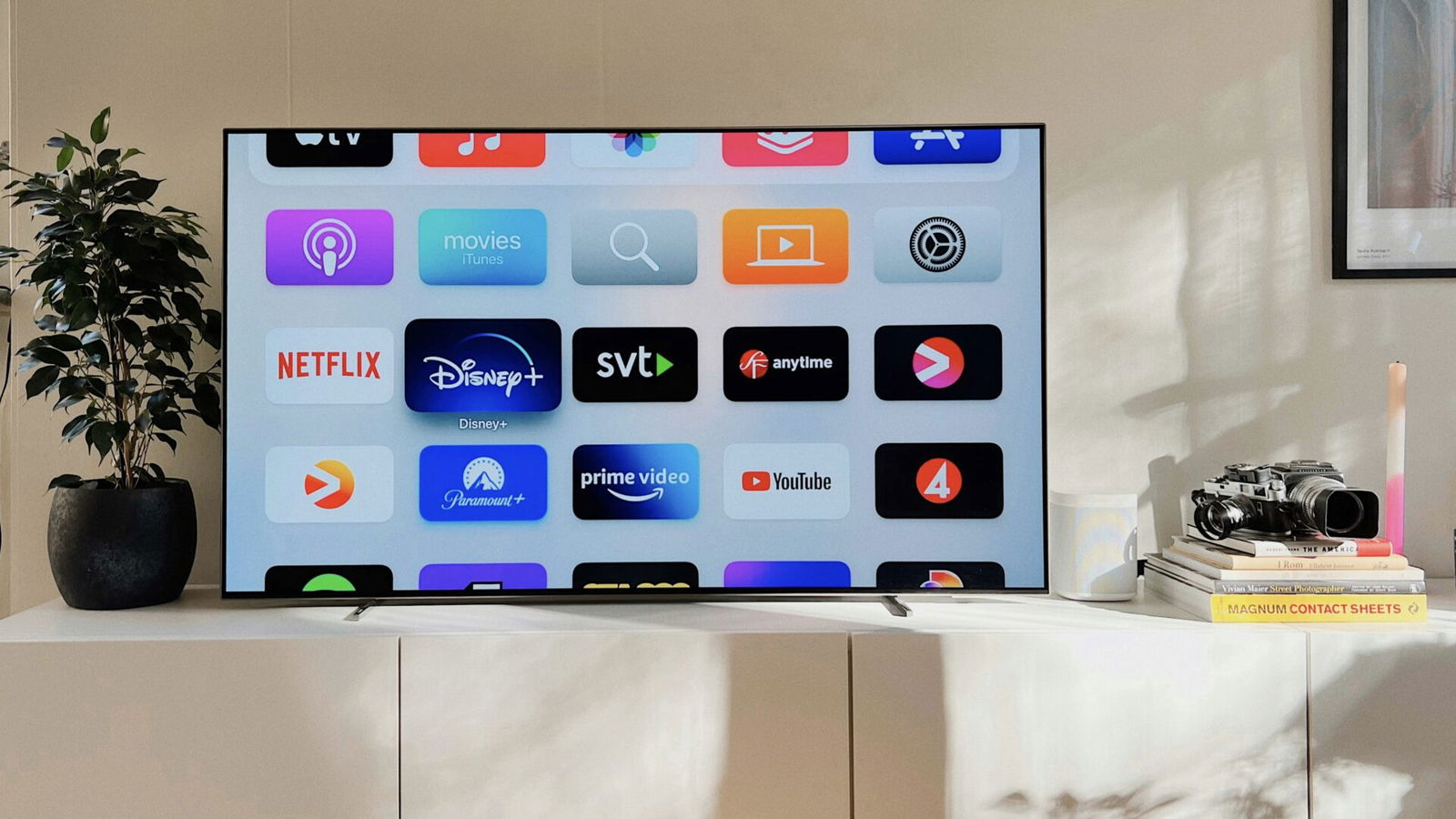
How Users’ Preferences for Accessing TV Content Changes
By Movieguide® Contributor
People are watching more TV now than ever, with hit shows like 2011-2019’s SUITS garnering over 57 billion minutes watched, but how viewers access content continues to change.
According to Nielsen, “the topic of content access has become increasingly important, particularly with respect to measuring connected TV (CTV)1 usage. CTV usage, which allows audiences to access anything the internet has to offer, had grown to account for more than 38% of total TV usage among adults as of second-quarter 2023.”
Per ANA Driving Growth, “Connected TV is a broad term that encompasses any television that can be connected to the internet and access content beyond traditional cable or satellite TV. This includes smart TVs, gaming consoles, streaming media players (like Roku or Apple TV), and even smartphones and tablets.”
The shift toward CTV is partly due to the high volume of movies and series available on various streaming platforms.
Gracenote Global Video Data reported that 84% of studio-produced titles are on streaming platforms.
Because of this, Señal News reported, “The recent ramp-up in CTV adoption has significantly amplified streaming usage over the last year: Streaming has accounted for more than one-third of total TV usage in the US.”
“The variety of content available outside of traditional cable packages is undeniable, and audiences are actively using TV connected devices and smart TVs to access it,” Neilsen noted. “Yet while the percentage of homes that access TV content through a broadband internet connection had risen to just under 40% in September of 2023, CTV access does not mean audiences are only watching on-demand content.”
While waning in popularity, linear programming still draws viewers.
However, “While widespread CTV adoption signals a new era in how audiences access content, it has created a misconception that viewers no longer watch linear programming. The reality is quite the opposite: regardless of how a home accesses TV content, more than 90% watch some amount of linear programming,” Señal News wrote.
Movieguide® previously reported on consumers’ changing preferences:
Survey says … consumers are having a hard time keeping up with the onslaught of content. With more streaming services crowding the ring, viewers who watch broadcast and linear TV are dropping.
Broadcast and cable viewership is down when compared to where it was five years ago, according to a new analysis by Variety:
It must be noted that even with today’s very different viewing landscape, the four major broadcast networks averaged around 20 million viewers in total across 8 p.m.-10 p.m. primetime live or same-day viewing in the fall.
While this has fallen by roughly 10 million viewers since 2015, it is still a very large number of total viewers, offering marketers a wide reach. However, also of note is that the proportion of the audience aged 18-49 is declining faster than the overall rate of decline, with primetime viewing of most content increasingly skewing over 50.
Questions or comments? Please write to us here.


 - Content:
- Content: 

 – Content:
– Content: 